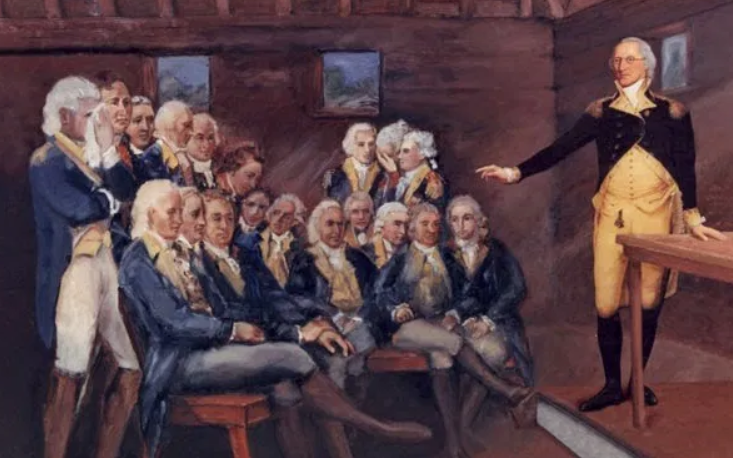The British Evacuation of New York City
On November 25, 1783, the British Army evacuated NYC permitting George Washington a triumphant return and finally closing out the Revolutionary War.
The Evacuation
At noon on November 25, 1783, Sir Guy Carleton evacuated the final British soldiers from Manhattan Island, permitting the Continental Army to retake the city.
The Patriots had been chased out of NYC in August and September of 1776, leaving the cities as the occupied military headquarters of the British for SEVEN YEARS!
The evacuation itself lasted for several months, as Loyalists from around the United States fled to Carleton in a desperate attempt to be taken abroad as refugees.
Furthermore, though the British agreed to return all runaway slaves in the Treaty of Paris, Carleton could not in good conscience sell out the 3000 or so Black Loyalists who fought with the British in hopes of securing their freedom and included them among the people evacuated.
Swapping Flags
Though the British had left, there was still a bit of work to be done.
Henry Knox led a team into the city with the goal of replacing all British flags with American ones.
This was easier said than done, as one particular pole had the flag nailed into it and had been greased by the Redcoats on their way out of town (which is, objectively, very funny).
Finally, after a great deal of effort, a young man named John Van Arsdale was able to ascend the pole and fly the Stars and Stripes.
Washington’s Return
With the city now prepped, General George Washington and Governor George Clinton led the Continental Army down the Isle of Manhattan and paraded down Broadway in a demonstration that the long, arduous war was over...and had been won.
Celebrations were had and toasts given.
Over the following days, in an effort to clear their names, Washington had several public dinners with characters whose loyalties were questioned, most notably Patriot spy Hercules Mulligan.
Farewell
Eight days later, Washington bid farewell to his Army.
The General took the time to thank his highest ranking officers individually at Fraunces Tavern.
He then travelled south to Annapolis where, on December 23, 1783, after over eight and a half years as Commander-in-Chief, he resigned his commission and returned his sword to the Continental Congress.
Want to read about when the British evacuated Boston on St. Patty’s Day?
Great! Check out this article:
Want to read and interesting book about Washington’s last day in New York?
‘Washington’s Farewell’ discusses the men who said goodbye to the General before he resigned his commission with spotlights on their efforts during the war.
Pick up a copy through the Amazon affiliate link below (you’ll support this site, but don’t worry, Amazon pays me while your price stays the same).
Want to get fun American Revolution articles straight to your inbox every morning?
Smart!
Subscribe to my email list here.
You can also support this site on Patreon by clicking here.






